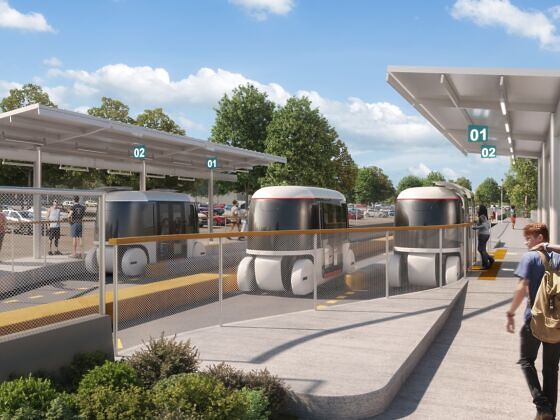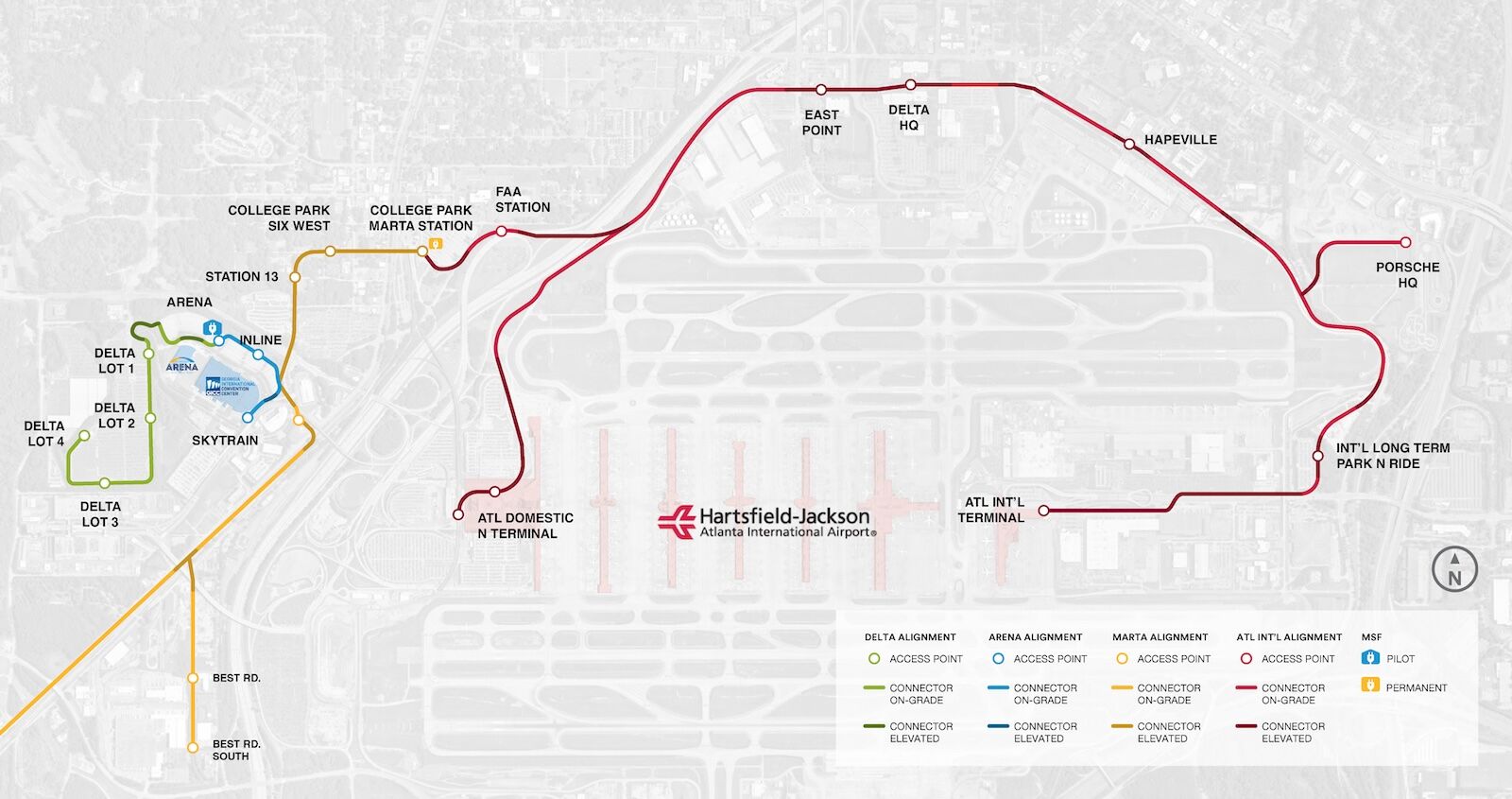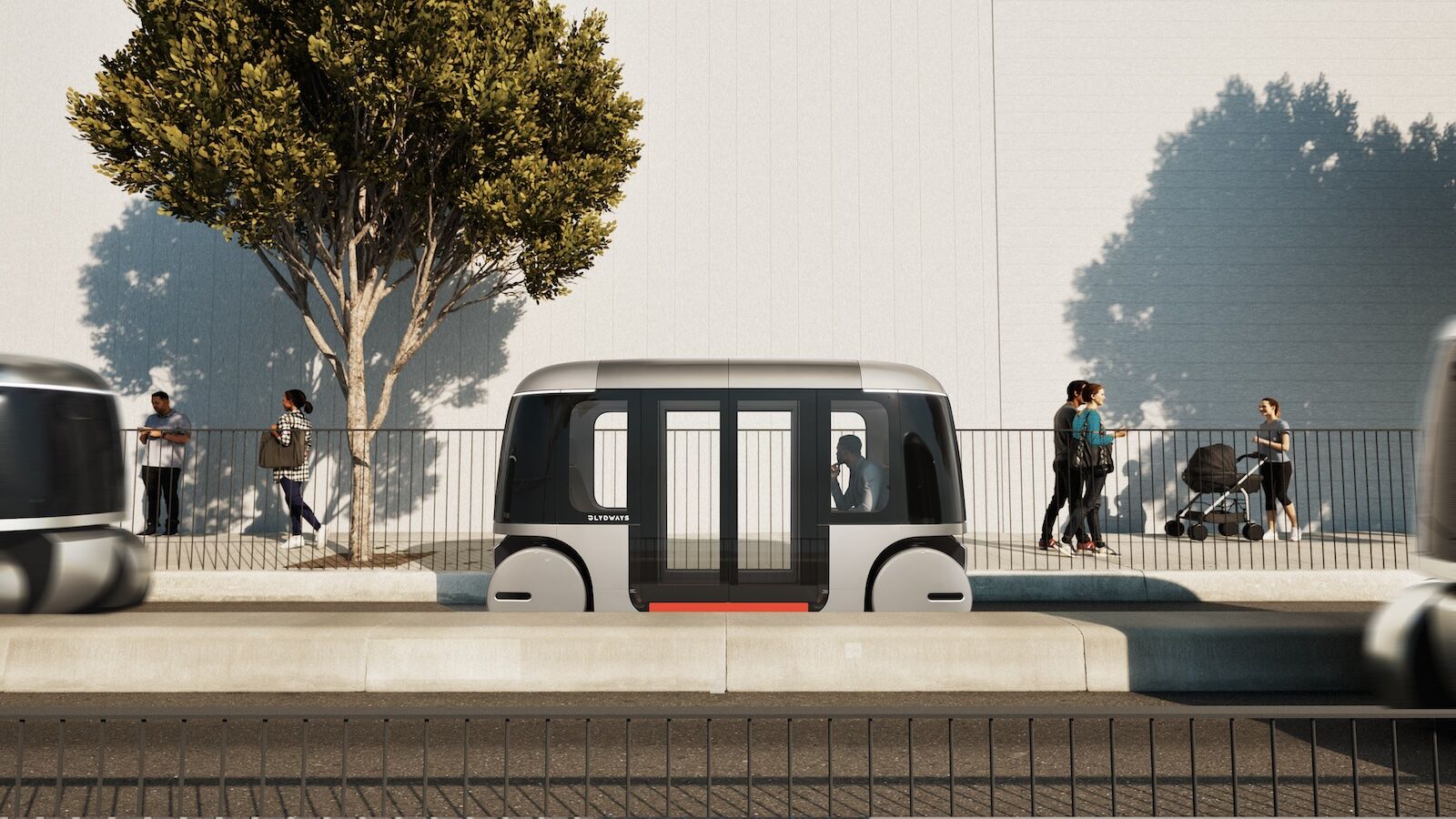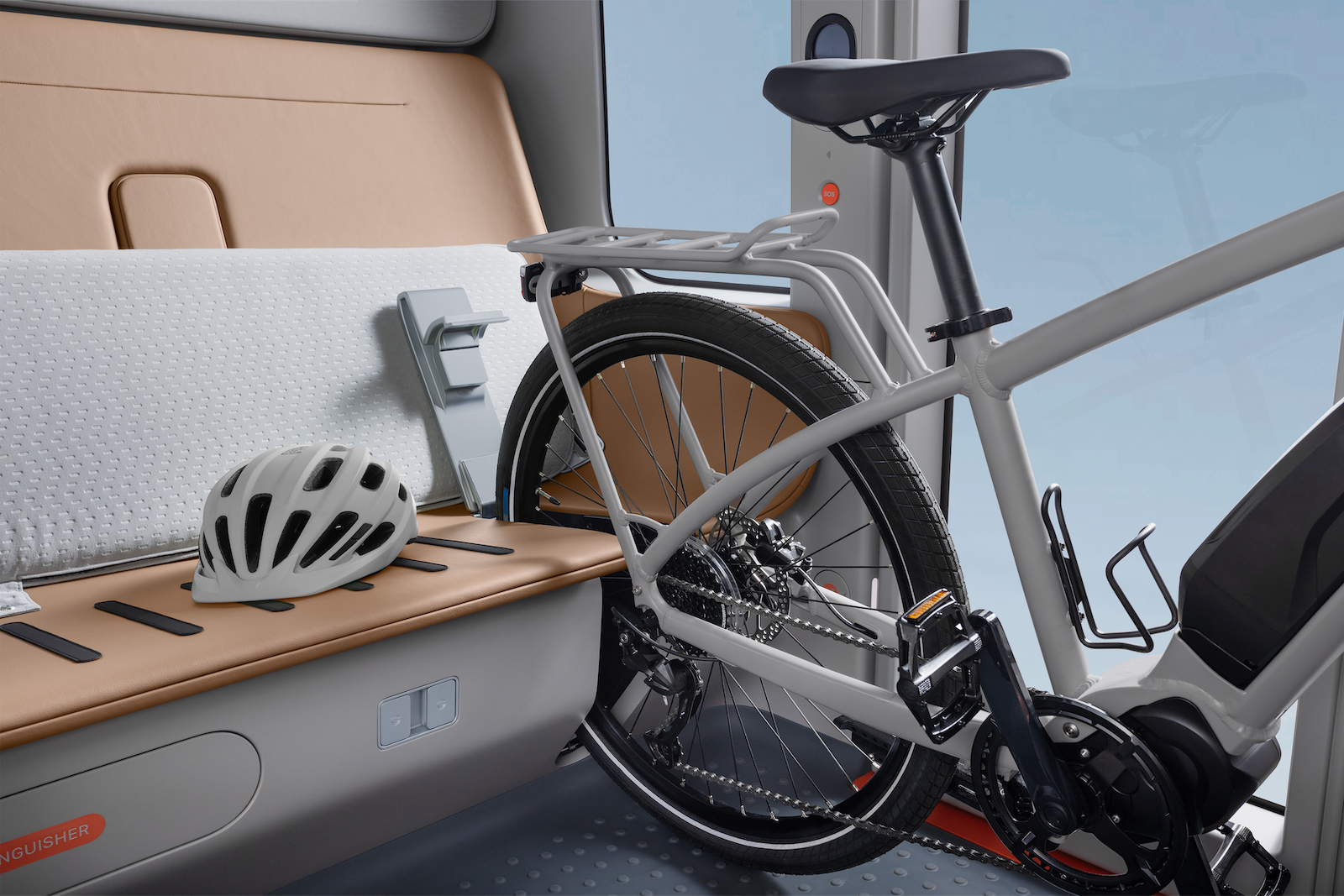Hartsfield-Jackson Atlanta International Airport is the world’s busiest, shuttling some 105 million passengers in 2023. Beyond the logistics of screening, feeding, and boarding all of these passengers is an even more startling piece of logistics – how the heck can so many people arrive to and depart from a single location efficiently? Glydways, a Silicon Valley startup, believes it has the solution. The company wants to shuttle people to and from the city’s downtown convention center in autonomous, electric vehicles.


Atlanta Is Betting on Autonomous Electric Cars to Shuttle 10,000 People Per Hour to the World's Busiest Airport
Autonomous vehicles are gaining traction across the United States, with Waymo now operating rideshare services in Phoenix, San Francisco, and Los Angeles. Uber has plans to offer autonomous rideshare and delivery, and recently announced plans to do so with Cruise, another autonomous rideshare company. But Glydways plan is different – rather than booking a car and getting picked up, riders would head to a central boarding location and hop in a small car bound only for the airport. The company will test its system in Atlanta, Semafor reported, and also has won a contract to do the same in San Jose, where Bloomberg notes the company’s idea was chosen over plans for a more traditional airport shuttle
How Glydways will shuttle people from downtown Atlanta to the airport

Map courtesy Glydways
The best way to describe what a Glydways system will look like is to picture those little toy car and city sets you had as a young kid, where you can move a car along a fixed track with multiple lanes. The electric cars will move along a fixed track, 10 miles between the airport and convention center in this case, and back again, never veering from their set route. Each lap will take the same amount of time. Riders will board and exit at dedicated stations, not unlike a light rail or train station according to the renderings. Glydways believes the system can work seamlessly alongside public transit and private vehicle traffic, helping to reduce traffic by taking 10,000 people per hour off that 10-mile stretch of road, and potentially even more than 10,000 cars. And it just may prove right if enacted – given that 39 percent of flyers prefer to be dropped off by a friend or family member, which means not one but two trips along that stretch of road for a single passenger to fly out or be picked up.
Its Glydcars can carry up to four people, with room for a bike and other luggage. The cars are ADA compliant and can fit a wheelchair. Renderings on the company’s website emphasize this system working alongside traditional personal vehicles and public transit, rather than as a replacement for them.

Rendering courtesy Glydways
Fixed-route vehicles that don’t allow for detours or changes of mind may seem like a pipe dream, especially in a car-dependent city like Atlanta. But the company is backed by OpenAI co-founder Sam Altman and renowned venture capitalist Vinod Khosla, so regardless of its long road to deployment – the concept is years away from reality – it has already won the support of respected tech visionaries. The out-of-the-box thinking from Glydways may be its biggest selling point. Rather than trying to fix or upgrade the city’s public transit system, ranked as one of the worst in the country and facing a 50 percent decline in ridership post-Covid, an entirely new way to get to the airport may be the best way to get flyers out of their cars and reduce traffic. Not only that, it’s far more efficient and sustainable because the Glydways system will be able to move a set number of people per hour – 10,000 – regardless of time of day or year. Rush hour? The system will still move 10,000 people per hour. Holiday travel season? 10,000 per hour. Torrential downpour or major accident clogging the highway? You get the picture.

Rendering courtesy Glydways
Most importantly, because of the whole “fixed route and speed” arrangement, there is no traffic. Glydways vehicles are also smaller than cars – about five feet wide. Even at low-traffic points, Semafor notes that a 12-foot highway lane can only carry 2,200 people per hour, and that a light rail system can carry about 10,000 but requires a wider footprint. Of course, a backup of people is possible if more riders show up than there are cars available.